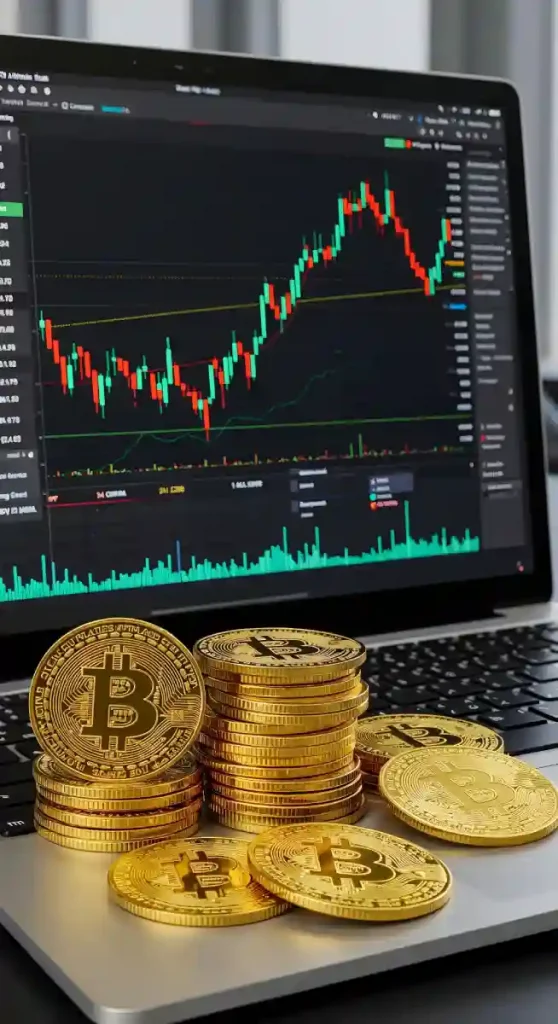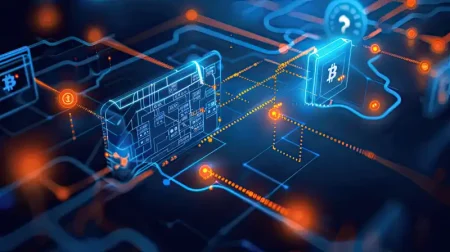There’s no doubt that the world of cryptocurrency is extremely volatile, with the possibility of prices swinging dramatically within hours
In this case, stablecoins have emerged as a revolutionary solution, growing from a modest market of USD 5 billion in January 2020 to an explosive USD 159 billion by early 2024, making it one of the most significant developments in crypto history. In fact, stablecoins have been around for more than 10 years, ever since the now-defunct BitUSD token was launched in 2014.
Despite having been catapulted to the limelight due to the U.S. Stablecoins Act (GENIUS Act), these digital, yield-bearing dynamos aren’t just merely changing the game; they seem to be rewriting the very rules of the cryptocurrency sphere. Are they simply painting a hopeful vision or can they really be the stepping stones for building a financial ecosystem where rewards are shared across the board?

What Are Stablecoins?
Stablecoins are a kind of cryptocurrency whose value is pegged to a stable asset, usually a fiat currency like the U.S. Dollar, and are specifically designed so to minimise price volatility. They’re usually backed by reserves (such as treasury bills and cash), over-collateralised via other cryptocurrency assets, or maintained via algorithmic mechanisms.
Some of the most popular stablecoins like DAI, USDC, and USDT, a.k.a. Tether, are the most commonly used stablecoins in cryptocurrency trading, remittances, and DeFi (decentralised finance) as they combine the stability of traditional fiat currencies with the efficiency of blockchain.
The reason stablecoins were developed in the first place was to evoke the advantages of digital currencies – programmability, decentralisation, and speed – while avoiding the extreme price swings that limit crypto use for daily transactions. Since the price stability aligns with most traditional fiat currencies, it makes stablecoins more practical for daily use in trading and payments.
However, there’s one major difference: unlike CBDCs (Central Bank Digital Currencies), stablecoins aren’t officially legal tenders and aren’t issued by the government. Thus, they’ve received varying levels of regulatory oversight and scrutiny.

Why Stablecoins Matter Now
The proliferation of tokenised cash using blockchain technology is making global payments cost-effective, secure, and fast. Since stablecoins are a kind of digital cash issued as tokens on a blockchain, they’re emerging as the top global contender and alternative to conventional payments in the financial ecosystem.
Stablecoin advocates have a lot to say: the technology can not only transcend traditional banking hours and global borders, but also offers substantial improvements on the current payment infrastructure. These include availability, transparency, cost, speed, and increasing inclusion of those who are underserved or not served by the current banking system.
That’s why stablecoin companies are gaining traction, racking up millions of users globally who have been transacting across borders at very low cost and round the clock. In fact, these dollar-pegged stablecoins have come to be a sort of financial lifeline for masses in certain economies with very high inflation.
Despite all their potential, stablecoins today are employed mostly as intermediaries, requiring off-ramps (venues for exchanging digital assets) to traditional fiat currency and abundant liquidity. So, even though they’re being publicised and are popular, they make up less than 1% of the global daily money transfer volume.
So, even though some might argue that stablecoins currently pose little to no threat to incumbent payment networks, the volume of stablecoin transactions has been growing organically over the last five years. If that growth rate were to continue, stablecoin transactions could easily surpass legacy payment volumes in less than 10 years —maybe even sooner — based on its ever-expanding list of applications.
The ability for tokenised cash to not just satisfy demand for instant settlement, but also operate uninterruptedly and offer better risk controls is a compelling value proposition and solves a lot of real-world pain points, thus accelerating adoption.

Assessing risks
Of course, the use of stablecoins isn’t without risk. Despite regulatory frameworks such as the U.S. Stablecoins Act (GENIUS Act) seeking to establish clear requirements for reserves and stability, stablecoins operate outside these requirements currently.
In fact, some of them have even been de-pegged occasionally from their unit of currency, mostly having been triggered by uncertainty of their reserves. And like any digital currency, there’s the question of securing the custody of the digital assets. With sophisticated social engineering attacks on the rise, stablecoins also face security risks.
However, stablecoin bearers and holders don’t own or hold any legal entitlement or claim to the underlying deposits, even with issuers having given redemption assurances. So, while the stablecoins themselves may remain on a blockchain securely, holders might be treated as unsecured creditors in the event of a bankruptcy. Without any legal precedent from the government or central banks, they not only don’t have full rights to accessing the reserves, but also, they must rely on the integrity and trust of the private issuers to do right by them.
Final Words
In 2024 alone, stablecoins have experienced remarkable growth, tripling in transaction volumes – USD 5 trillion in organic transactions and USD 30 trillion overall. However, the true scaling of stablecoins necessitates a shift in the prevailing paradigm which requires settling most transactions in local currency. If and when adopted across the board, they could have far-reaching and global implications for revenue models of financial institutions and demand for underlying reserves.
In case you missed:
- Let The Games Begin: All About Crypto Gaming
- Are Cryptocurrencies Becoming an Asset Class?
- Should I Use An Anonymous Crypto Wallet?
- Crypto Heists: How To Keep Your Cryptocurrency Safe?
- The Life of Pi Network – FAQs and Everything Else You Want To Know
- How AI Can Fortify Cryptocurrency Security
- Phantom Wallet: The Fastest-Growing Crypto Wallet
- Memecoins: Scheme-Coins Or Valuable Digital Assets
- Pi Day 2025: What Awaits The Pi Network on March 14th?
- The Price Of Money: Can Cryptocurrency Go Green?










